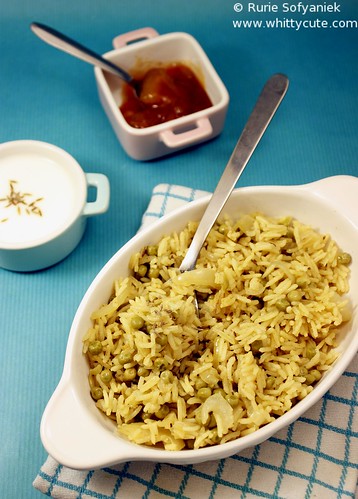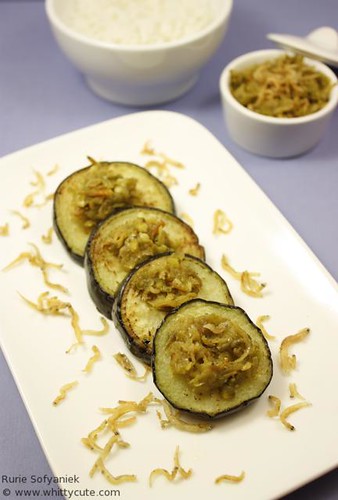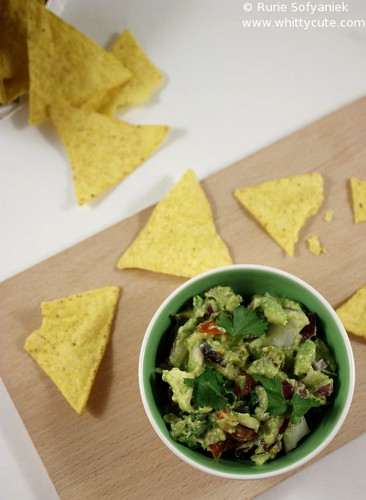Calling all Indonesian Bloggers (and also non blogger) to join my foodie event.
Have you ever wondered what is going on with a number of Indonesian dishes, why they are slowly disappeared from our society, why it is hardly or almost impossible to find at the food markets on these days??? I do curious about it and I decided to make this little event for us to share our knowledge about our (almost) forgotten Indonesian culinary heritage. Therefore, we can demonstrate what we have and collect them in this event to share with everybody. If possible, the mission is to pass it on to our next generation.
As you can guess from the title, the theme is Indonesian food (and drinks) that is almost forgotten. In the term of forgotten, you don’t see the dishes around that much, barely to find for purchased at the market compare to 10 years ago; or else, you only see once a while in a special feast or ceremonial. It can be rice, fish, meat, and vegetable dishes. Dessert, snack and beverages are acceptable too. It doesn’t have to be an extravagance dish, show us what you have got in your hometown (or used to have) or may be a childhood memory dish that your grandmother used to make but nobody hardly make it anymore.
For sure, we’d like you to share the story behind the dish that you made. Why the dish is being (almost) forgotten. If the dish can only be seen at a special feast or ceremonial, let us know why and what the meaning of the food is. Provided, you had difficulties in finding them in the market, share your story what the reason behind the difficulties. Lacking of ingredients or complexity in cooking way and not suitable anymore for modern busy everyday life. Please let us know by taking a picture of the (almost) forgotten dish that you have made.
Was it not clear enough?
Some examples of food that you can’t submit in order to participate in this event:
– Soto ayam Lamongan and other well-known sotos that are still around
– Sate ayam Madura and other common sates that are still in the market
– Rendang Minang
– Gado-gado
Few food that you may contribute for this event
– Rujak Merak Cirebon
– Bubur sop Ayam Cirebon
– Es selendang mayang Betawi
– Sayur babanci Betawi
There will be two categories in this event, but all you need to do is sending one entry as the categories are the dish itself and the photo of course 🙂
The criteria for the dish are:
1. The uniqueness of the dish.
2. The story behind the dish.
3. The cooking technique.
4. The uniqueness of the ingredients.
The criteria for the photography are:
1. Food styling & edibility
2. Originality
3. Photo composition
Here are the rules:
1. Submit your entry, it doesn’t matter whether it’s in Indonesian or English, one participant can only send one entry.
2. If the recipe wasn’t originally yours, named the source.
3. Photo must be taken by you.
4. As much as we like exotic food, we don’t want any endangered species on our plate.
Badge can be grabbed from above and don’t forget to link back to this post 🙂
Send your entry with the submission detail to [email protected] latest midnight (GMT+1) Friday, February 20th 2009 which means Pk. 06.00 WIB.
Details for the submission:
1. Name/nickname:
2. City/country:
3. Blog/site name: -no need to fill this for non blogger-
4. Blog/site url: -no need to fill this for non blogger-
5. Entry title:
6. Whole entry content: (meaning your whole text for the entry)
7. Photo: width 600pixels
Now let me introduce you to the judges.
The judge for the food c ategory would be Bondan Winarno from Indonesia, he is a well known food adventurer if I may say so. And he is always in the search of good food all around the world and not forgetting also to explore unique Indonesian dishes. His drooling writing about his food related adventure can be read here.
For the food photography we got Thorsten Kraska from Germany. He is a keen amateur food photographer with very inspiring photography and founder of the Food Photography Club on Flickr, a forum to discuss food photography. You can see his outstanding work here.
Thank you for both judges for sparing their valuable time to judge this little event.
Now for the fun part, for all your hard work, there are some little prizes from me.

The first food winner will receive this book, Cooking Ingredients the ultimate cook’s guide with 1900 foods shown in 2300 photographs.
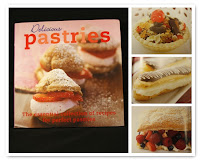 The second food winner will receive this book, Delicious Pastries. A book covering all yummy pastries from pies to éclairs.
The second food winner will receive this book, Delicious Pastries. A book covering all yummy pastries from pies to éclairs.
 For the third food winner will receive this Wilton Gifts from the Kitchen. A book full great recipes
For the third food winner will receive this Wilton Gifts from the Kitchen. A book full great recipes
for food related gift giving ideas.
 For first photo winner will receive this book Desserts by James Martin, a well known chef from UK. You would literally drooled when you see his French fruit tart or Swiss roll.
For first photo winner will receive this book Desserts by James Martin, a well known chef from UK. You would literally drooled when you see his French fruit tart or Swiss roll.
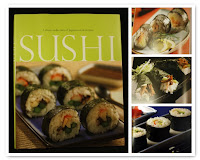 The second photo winner will receive this Sushi book covering all from California sushi to hand roll sushi.
The second photo winner will receive this Sushi book covering all from California sushi to hand roll sushi.

For the third photo winner will receive this book, Dutch Cooking Today. A book covering all Dutch delicacies ie; bitterballen, Dutch apple pie.
Success and have fun in this event!
As the host I would like open this event with my entry (don’t worry this is just an example entry, I’m not allowed to win 😉 ) with a dish from my mother’s hometown Blitar.
Punten (Coconut Rice Cake with Vegetable and Peanut Sauce)

Ok at first glance you would think this is just the same like pecel and therefore is not allowed to participate in this event. But let me tell you that it is different indeed. Usually we eat pecel with rice but in this dish you eat eat it with lontong (rice cake) and this lontong is also different because when you cook the rice cake you also added some coconut milk.
When I was small 15 years ago I remember whenever I went to my mother’s hometown in Blitar, my aunt would always take me to punten seller. It was just a humble seller, she didn’t even own a warung (a small food stall). People would just queuing in her kitchen, waiting for her to finish her cooking. I remember her humble kitchen with wooden fire, but somewhat it made the food tasted more delicious. And what was weird that her odd opening hours, she would cook during the day (or late in the evening) then she would sell her cooking quiet late at night. So it was rather late supper than dinner, because my aunt always took me there after 9pm and when I asked her why couldn’t we go at 6pm, she said that the food wouldn’t be ready then. And what surprised me so much was the price. For a portion you just needed to pay Rp. 100,00 – Rp. 200,00
Even then there were not many seller of this dish, I only knew her. Now, that humble lady had died already and I heard from my mother that there are some other sellers at the market selling this dish but now whenever I wanted to eat this, I always ask my aunt to make it for me.
For 2-4 persons
Ingredients:
For the coconut rice cake:
– 2 cups rice
– 3 cups coconut milk
– Pinch of salt
– Cook rice with the coconut milk and salt until all coconut milk has evaporated.
– Steam the rice until the rice is done (approx 20 minutes)
– Cover a bowl with plastic and add the rice immediately when it’s still piping hot.
– Cover a pestle with plastic and pound the rice until it’s relatively smooth.
-Press the rice back to the bowl so it would make the shape of the bowl.
– Let it cool down before you can cut it.
For the vegetable:
Basically you can use any kinds
of vegetable that you like, here what I used:
– 200gr long beans
– 200gr bean sprouts
– Blanched the vegetables in boiled water, don’t over cooked them.
For the pecel sauce:
– 250gr fried peanut, grind until smooth
– 3 garlic
– 1cm lesser galangal
– 1 red chili
– 2 bird’s eye chili (less or more depending on your taste buds)
– 50gr Indonesian palm sugar
– 2 kaffir lime leaves, minced
– ½ tsp salt
– Combine all ingredients in a pestle and mortar or food processor until smooth.
– When you want to serve it, this the sauce with hot water.
– Serve the coconut rice cake with the vegetables and pecel sauce. If you like you can also serve it with fried tempe or tofu and rempeyek kacang.
Featured Patron for this events are my fellow foodie blogger, thank you very much.
1. Deetha of Mlebu Pawon
2. Ayin of AG’s Food
3. Pepy of The Art and Science of Food
4. Dita of Culina Sanctuarium
5. Rita of Mochachocolatarita
Ps: Extra thank you to my fellow foodie blogger Deetha and Pepy for all the help during the preparing of this little event.
